Though the tundra may seem like a dull and uniform landscape from afar, upon closer inspection there is a rich and colorful world of mosses, lichen and flowers. The tundra has low plant diversity (around 400 vascular species), but the flowers are abundant, colorful, and exceptionally showy.
Their remarkable showiness is most likely due to competition for pollinators who are unreliable in the arctic summer, where it can snow any day of the year. This means flowers have a low probability of being visited by a pollinator. Flowers have adopted many different strategies to attract pollinators. Along with scent, shape and color, heat is an important attractive factor in the cold arctic air. Many plants, such as willows and louseworts have a dense fuzz that traps heat, creating a greenhouse effect that makes the flower up to 7°C warmer than the surrounding air. Flowers with hanging corollas trap warm air rising from the ground and can heat their interior by 4°C. Other flowers have reflective disks that focus heat into the center of the flower, heating it up by 10 degrees. These warm microhabitats attract insects that bask within the heat of the flower, warming up their body temperatures while assisting in pollination.
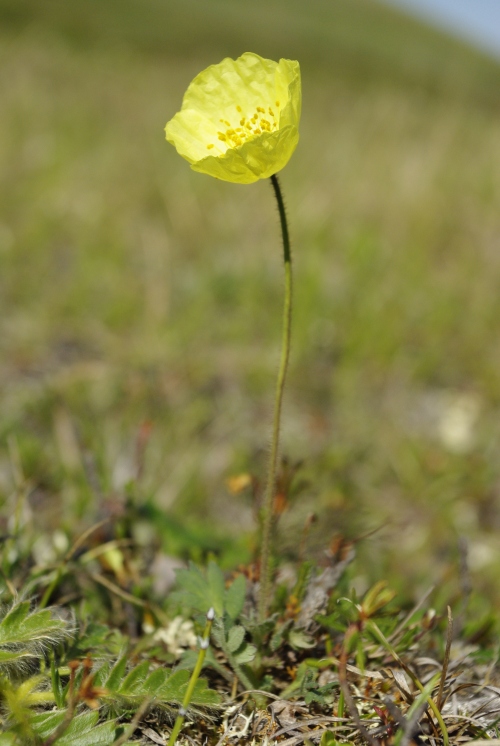
The Lapland poppy, Papaver lapponicum, is an example of a flower with a reflective disk. However this plant has another special adaptation, heliotropism. The poppy follows the sun around the clock, soaking in 24 hours of sunlight during the summer.
Few arctic flowers have evolved specific plant-pollinator relationships, but louseworts are almost exclusively pollinated by bumblebees. Notice their specialized landing platforms. Though they don’t have a flattering name, louseworts are some of my favorite arctic plants. They have such a unique flower shape and are found in a dazzling array of colors. They are also root parasites, gathering water and nutrients from other plants such as birches, sedges, willows and various heath plants.
Monkshood is also pollinated exclusively by bumblebees. Alkaloid tissues in the plant render the monkshood poisonous. Several species from the same family, Ranunculaceae, were used by the Inupiats as poison for their arrow tips.
Here are some more of my favorite tundra flowers:
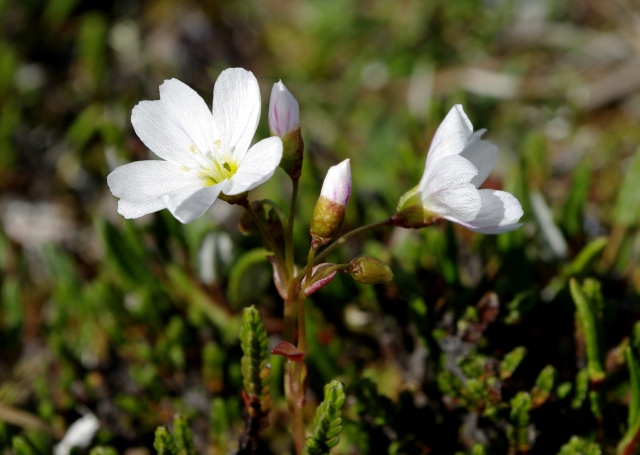
Claytoniella bostockii, a rare flower with abundant populations around Toolik Lake. Other populations have been found in the Yukon and White Mountains.
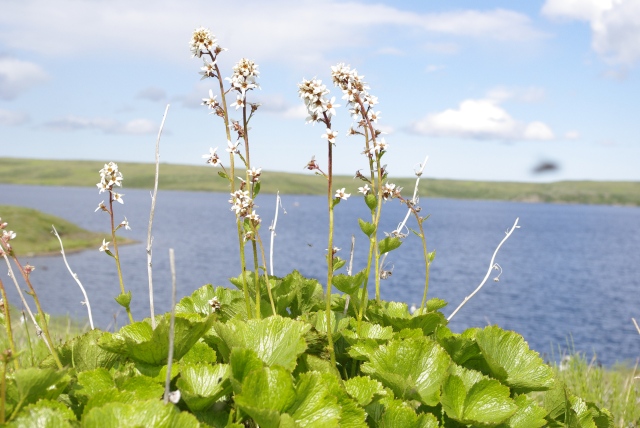
Bear flower, Boykinia richardsonii, with Toolik Lake in the background and a blurry mosquito in the foreground.

The river beauty Epilobium latifolium, is in the same genus as Alaska’s iconic fireweed. They grow abundantly in disturbed areas.
Willows (Salicaceae) are often thought of as huge trees like the weeping willow or Goodding’s willow. But here in the arctic, willows are in the form of shrubs or small dwarf species that are no taller than a few centimeters. They are a diverse family and have a significant ecological role in the arctic. They provide habitat and food for many species such as ptarmigans, ground squirrels and songbirds. And they are essential to inland human inhabitants, such as the Nunamiut, who used the larger shrubs for fuel and poles. Here’s an example of a dwarf willow:
The next plants are in the Ericaceae family, which are actually shrubs. Many common tundra species are in this family, including blueberries, cranberries, bearberries, Labrador Tea (pictured), bog rosemary, arctic white heather and alpine azaleas (pictured).
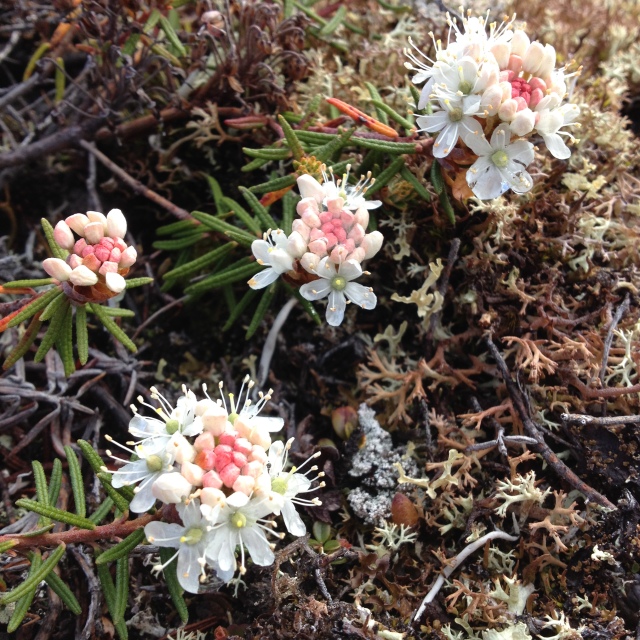
Northern Labrador tea, Ledum palustre, is very aromatic due to the high concentration of phenolics found in the plant. These phenolic compounds deter herbivory and discourage the root growth of potential competitors. Arctic human inhabitants make tea from this plant, which has diuretic effects.
This is just a tiny sample of the great variety of vascular plants in the tundra! There are so many more beautiful flowers–teal colored gentians, bistorts, arctic wintergreen, saxifrages–the list goes on and on.
All photos taken by me, Adeline Murthy, and most plant facts taken from Land of Extremes: A Natural History of the Arctic North Slope of Alaska, by Alex Huryn and John Hobbie.

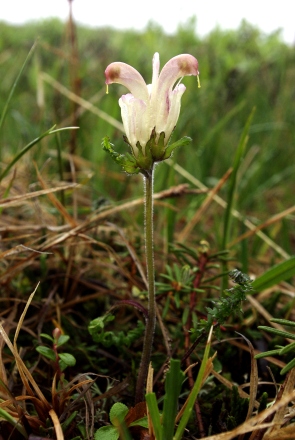
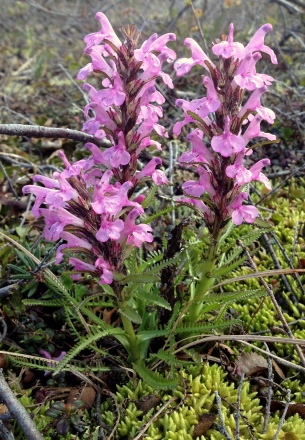
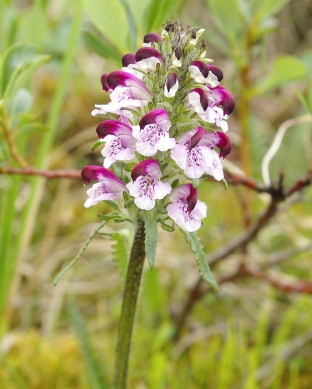
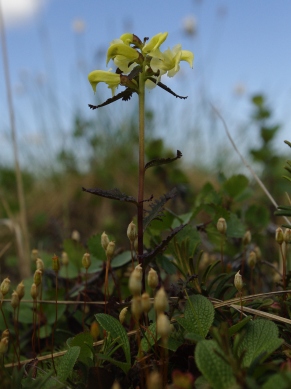
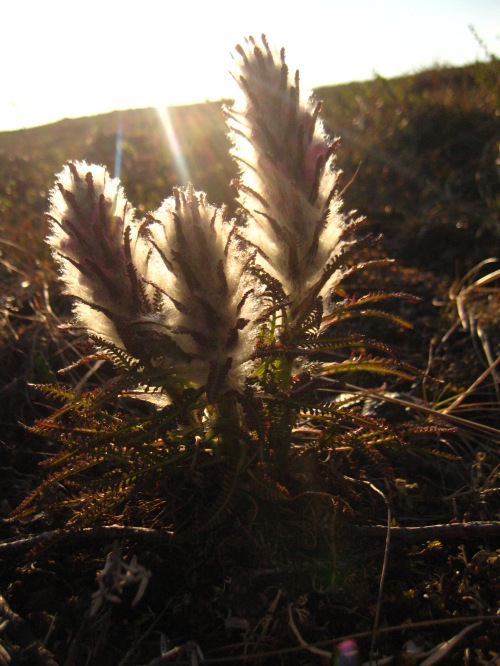


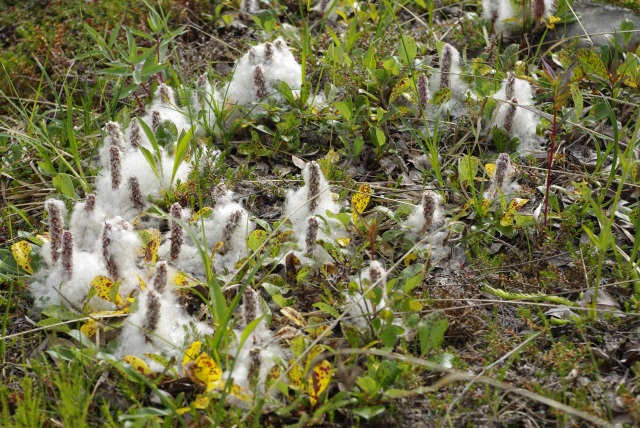
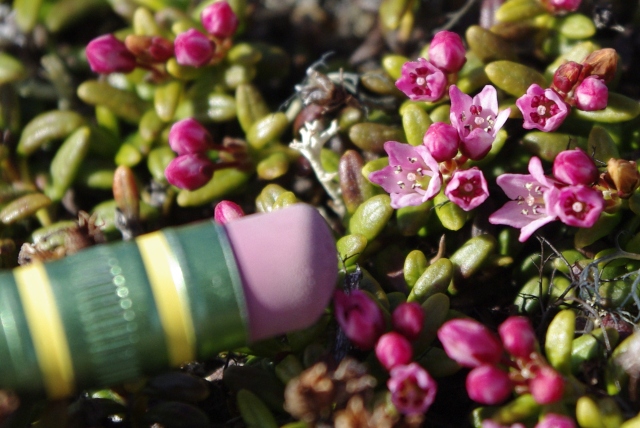
The use of stored heat to attract pollinators is very interesting. The shape of the Lapland poppy is a parabolic antenna which focuses the rays of the sun to the area in the center where the pollen is! Also, I used to wonder why some flowers follow the sun even though they do not do photosynthesis.
LikeLiked by 1 person
I found your entry on Tundra flowers very nice. The heliotropism was very interesting to think about, especially in a region and at a time of year when days are so long. Last year my wife and I saw this in a field of cultivated sunflowers while in Hungary. She told me that sunflower heads track the sun across the sky. It turns out however this is a “rural” myth. In fact when you see a field of cultivated sunflowers, the flower heads are more-or-less mostly facing east, where the sun rises each morning (We even witnessed this contradictory behavior ourselves while looking at that very field during sunset and naturally assumed that Hungarian sunflowers did not obey the law).
Motivated by your piece on Arctic flora, I looked into this paradox further and found that the uniform alignment of the sunflowers does result from heliotropism, but in an earlier development stage, -the bud stage, before the appearance of flower heads. The buds are heliotropic until the end of the bud stage, and somehow become arrested to face east. The flower head of the sunflower preserves the final orientation of the bud.
Interestingly, the flowers of the wild sunflowers seen on roadsides do not follow the sun and their flowering heads face many directions when mature. However, their leaves exhibit some solar tracking.
Source: http://plantsinmotion.bio.indiana.edu/plantmotion/movements/tropism/solartrack/solartrack.html
Thank you for your wonderful views of the Arctic.
LikeLiked by 1 person
Thanks for helping me identify the dwarf willow — been spending ages trying to find “fluffy white tundra plant” other than cottongrass (though I still may not have it right?)
LikeLike
What do you think? https://www.flickr.com/photos/purecaffeine/15218699076/
LikeLike
Yes, that’s definitely dwarf willow! But there are a bunch of different species. Here’s a good resource if you want to identify it to the species: http://www.arcticatlas.org/photos/pltspecies/alphaList?queryID=S
LikeLike
Excellent, thank you! In Australia “willow” means the Weeping Willow (Salix babylonica) so references to willow in Alaska confused me, like when I was looking for a geocache and the clue was “under the willow”, and I’m like “Um, I haven’t seen a single willow tree since landing in Anchorage”.
LikeLike